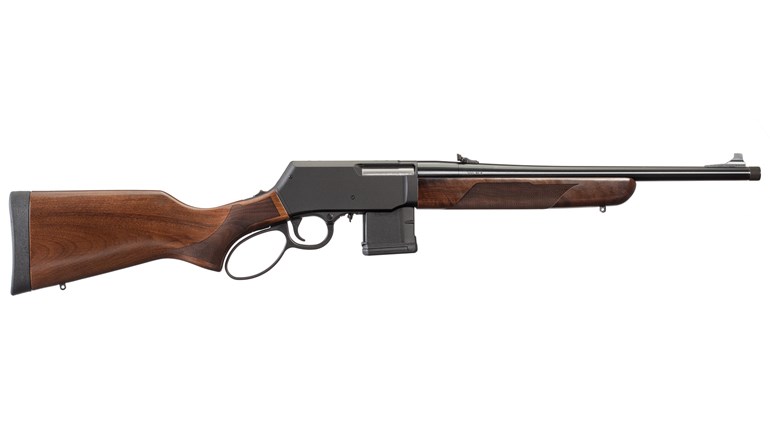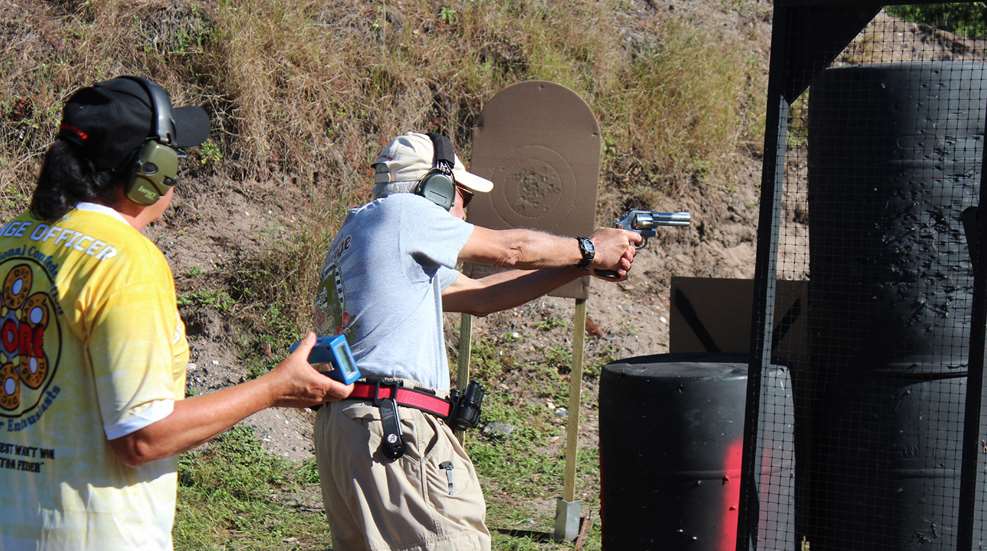
A common question asked by shooters new to action shooting sports is, “In order to improve, should I shoot more matches or do more practice?” It’s a logical question. The match is the “exam,” and practice is how you “study” for the exam. But, it’s difficult to effectively study for an exam if the action shooter is unaware of what the “exam” will encompass.
Practicing fundamental skills is obviously important. Among them is the ability to smoothly draw and double tap a target, then transition to the remaining targets, or slow down to focus on tight shots. In addition, action shooters should know how to deal with barricades, deliver accurate fire with the weak or strong hand only, shoot accurately on the move when required and quickly reload when needed.
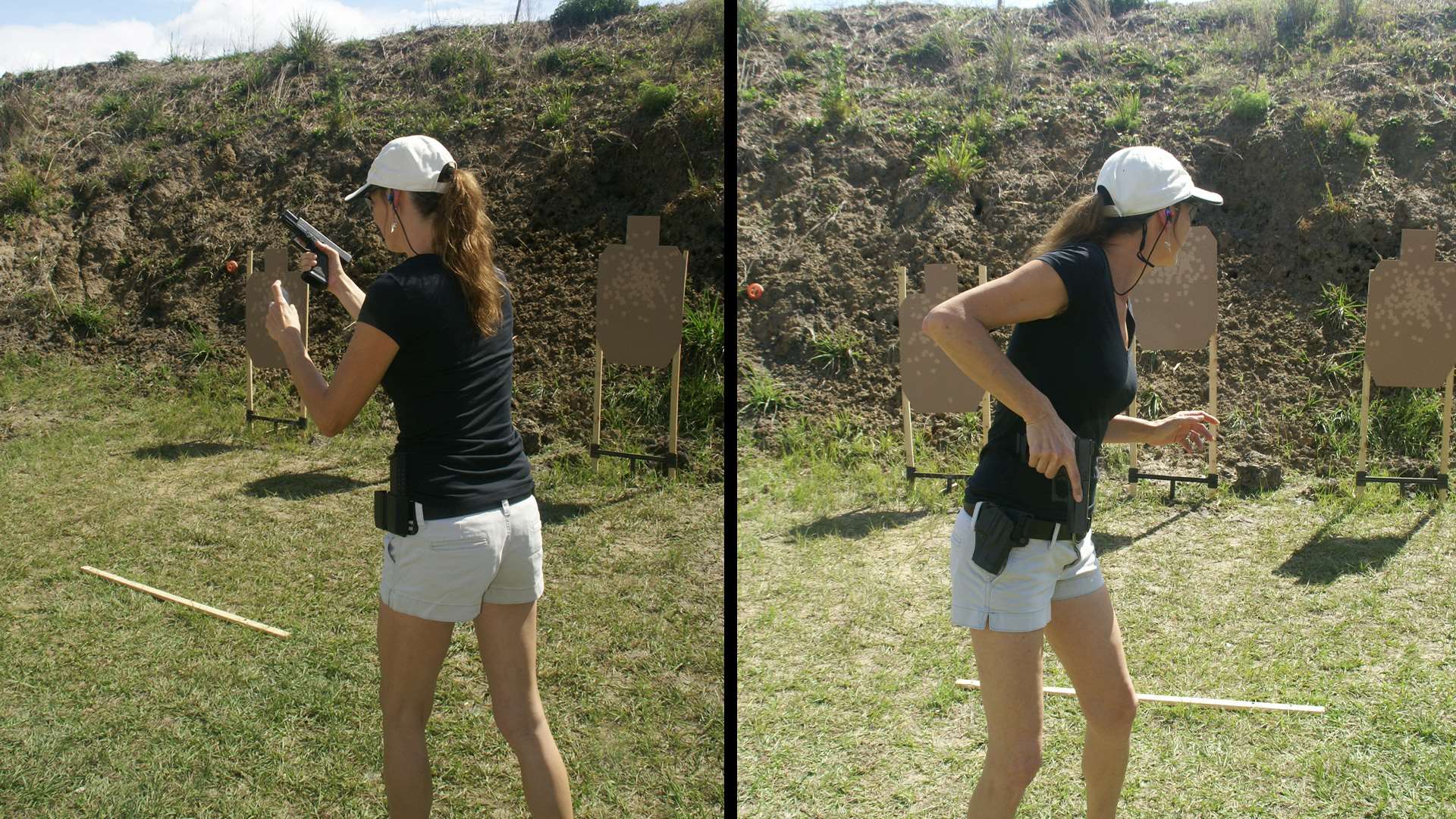
These mandatory skill sets are a good start. But they won’t cover every scenario a shooter will see at a match, whether IPSC, USPSA, IDPA or ICORE. These scenarios can vary greatly, and are limited only by the rules of the organization and the imagination of the Match Director. It can be difficult to do something well that you’ve never done, or even experienced, before. And, many of these scenarios involve skills that don’t fall under “fundamental practice” skills.
Some just add time to your score. The table start is a good example. It normally requires the empty gun and load be placed on a table. At the beep, the shooter picks up the gun, loads it and proceeds through the Course of Fire. The first time I saw one I was shooting a semi-automatic handgun. Being right handed and loading with my left, I set the gun down on the right and the magazine on the left. At the beep, I reached down, grasped the grip with my right hand, flipped the gun into it with my left, brought it to eye level and then reached down to grab the magazine with my left hand, loaded the gun and racked the slide. Later, I watched a shooter set the gun down, but put the magazine on the right, facing the mag well from about an inch away. It was perfectly legal. At the beep he brought both hands down, swept the magazine into the gun, racked the slide, and was at least three seconds faster than my bumbling technique. I learned from that.
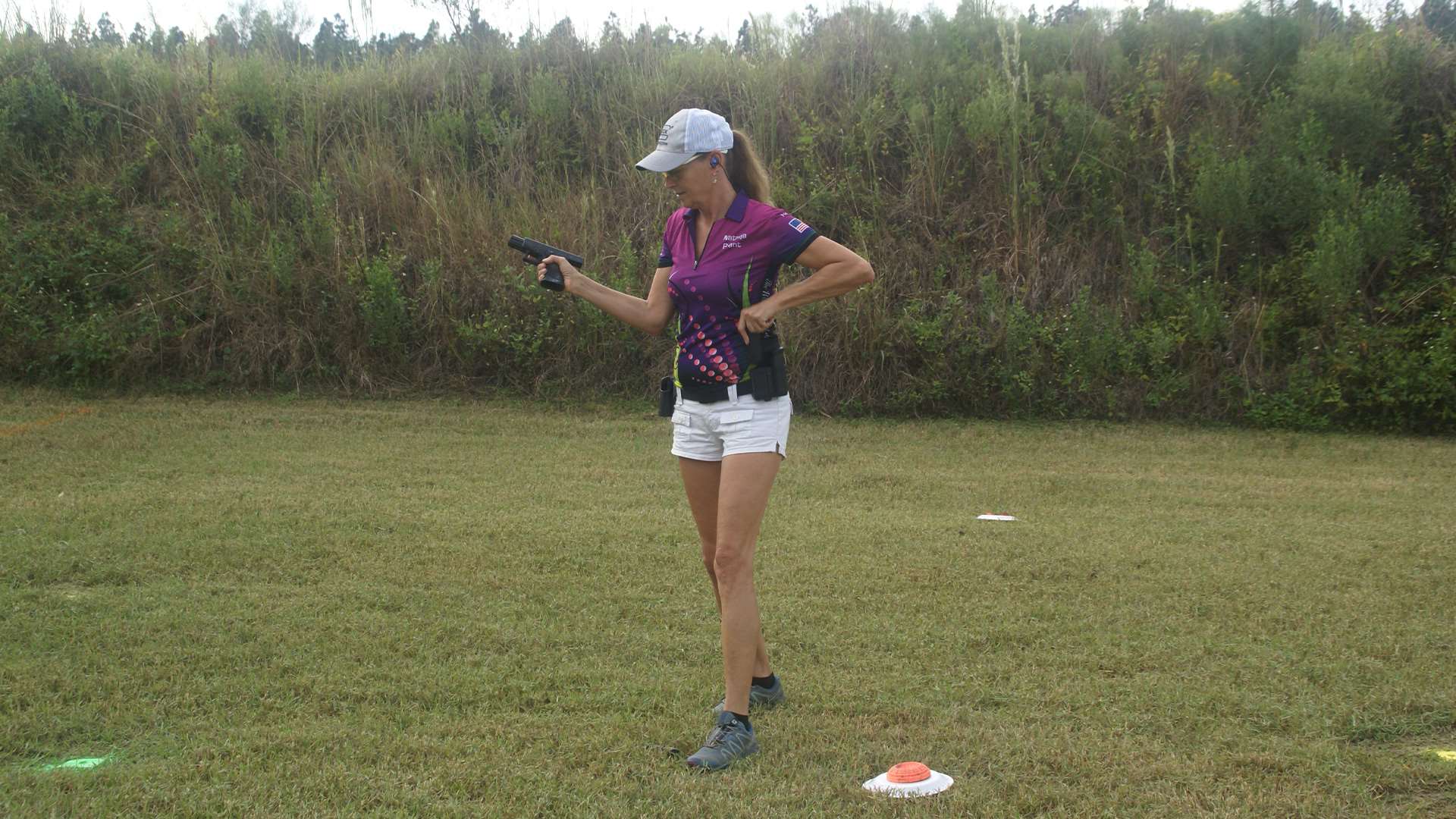
Many shooters practice weak- and strong-hand shooting as fundamental skills. But not many will practice shifting the gun back and forth between their hands during a Course of Fire. That skill may not be needed often, but can be invaluable when it is. A recent match saw a left-handed Match Director delight in tormenting right-handed shooters with left-side barricade starts, with the last target being tucked so far behind the barricade that it was impossible for a right-handed pistol-caliber carbine shooter, and difficult for right-handed pistol shooters, to acquire it. Those right-handed shooters who had seen it before and had a gun shift in their repertoire scored well. Others, not so well.
While some non-standard situations simply waste time, others will send a shooter home early. Breaking the 180 is frowned upon and normally results in a disqualification. For the inexperienced shooter, it can sometimes be quite easy to do.
The normal (fundamental practice) technique to reload a semi-automatic handgun is to keep the gun at eye level, cant the muzzle to the weak-hand side while ejecting the magazine, slap in a new mag and keep going. If a right-handed shooter does this while moving to their left (or a left-handed shooter moving to their right) the muzzle will break the 180. Match over. Shooters who have “Been There, Done That” (BTDT) will change their reloading technique and muzzle angle to avoid this.
An Up Range start is another that can upend those who haven’t BTDT. This has the shooter facing up range with their back to the targets. At the beep, the shooter is supposed to turn down range, draw and engage the targets. In their haste, some inexperienced shooters get the turn and draw confused. There is nothing wrong with having a hand on the gun before the turn. But, if the muzzle clears the holster before the shooter is facing down range, it’s a 180 violation.
While breaking the 180 is frowned upon, sweeping the Range Officer or Safety Officer while doing so is really frowned upon. There is an unwritten rule in the action shooting sports, “Don’t scare the Range Officer.” That can easily happen on a Down Range start. This has the shooter begin facing targets down range, engage those, and then turn and move up range to the next shooting position. There are gun handling techniques that will allow rapid up range movement while keeping the muzzle pointed down range. But they are not “fundamental” practice techniques and require a shooter have some previous experience. These situations can also vary. One that I experienced had a shooter start in the driver’s seat of a shotup car with busted out windows and the loaded gun on the dashboard. One target was shot through the front windshield, and two through the driver’s side window. After that, the shooter was required to exit the vehicle, move to the back of the car, and then turn and engage two more targets offset from the passenger side before moving to the next shooting position. The first shooter grabbed the gun, hammered the first targets, popped the door, and charged up range to the rear of the car. He realized his mistake at about the same time the Range Officer found himself staring down the shooter’s muzzle and yelled, “Stop, DQ!”
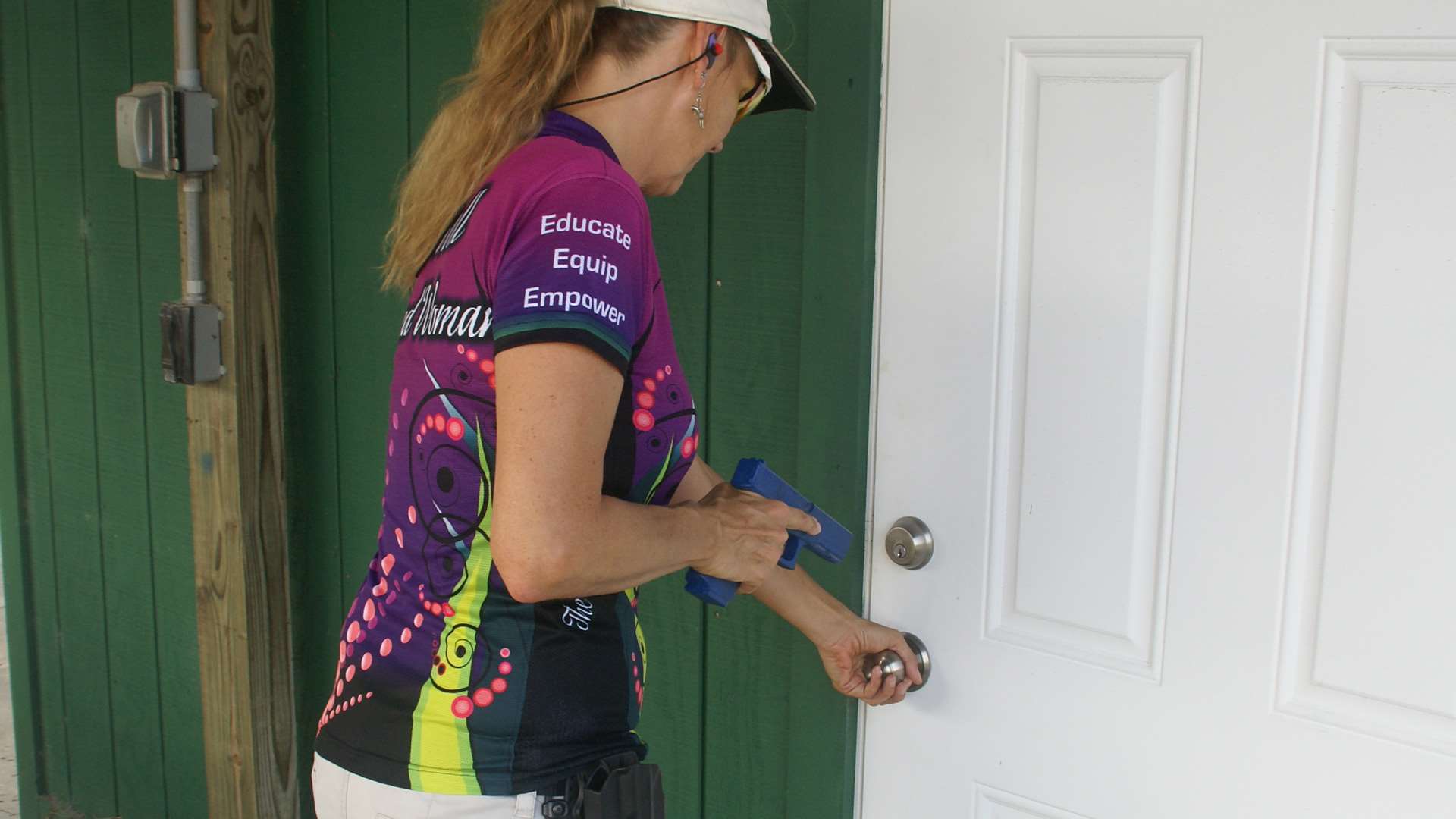
You don’t have to sweep the Range Officer to get a disqualification. You can sweep yourself, and sometimes that’s not hard to do.
A not-uncommon scenario has the shooter start by facing a closed door. At the beep they draw, open the door and proceed through the COF. The normal inclination for inexperienced shooters is to simultaneously draw their gun while reaching for the door. This frequently results in sweeping the hand reaching for the door as the gun comes up from the holster. It’s a natural trap for those who have not seen it before. Experienced shooters will have the gun out and above the door knob before the weak hand reaches for the door.
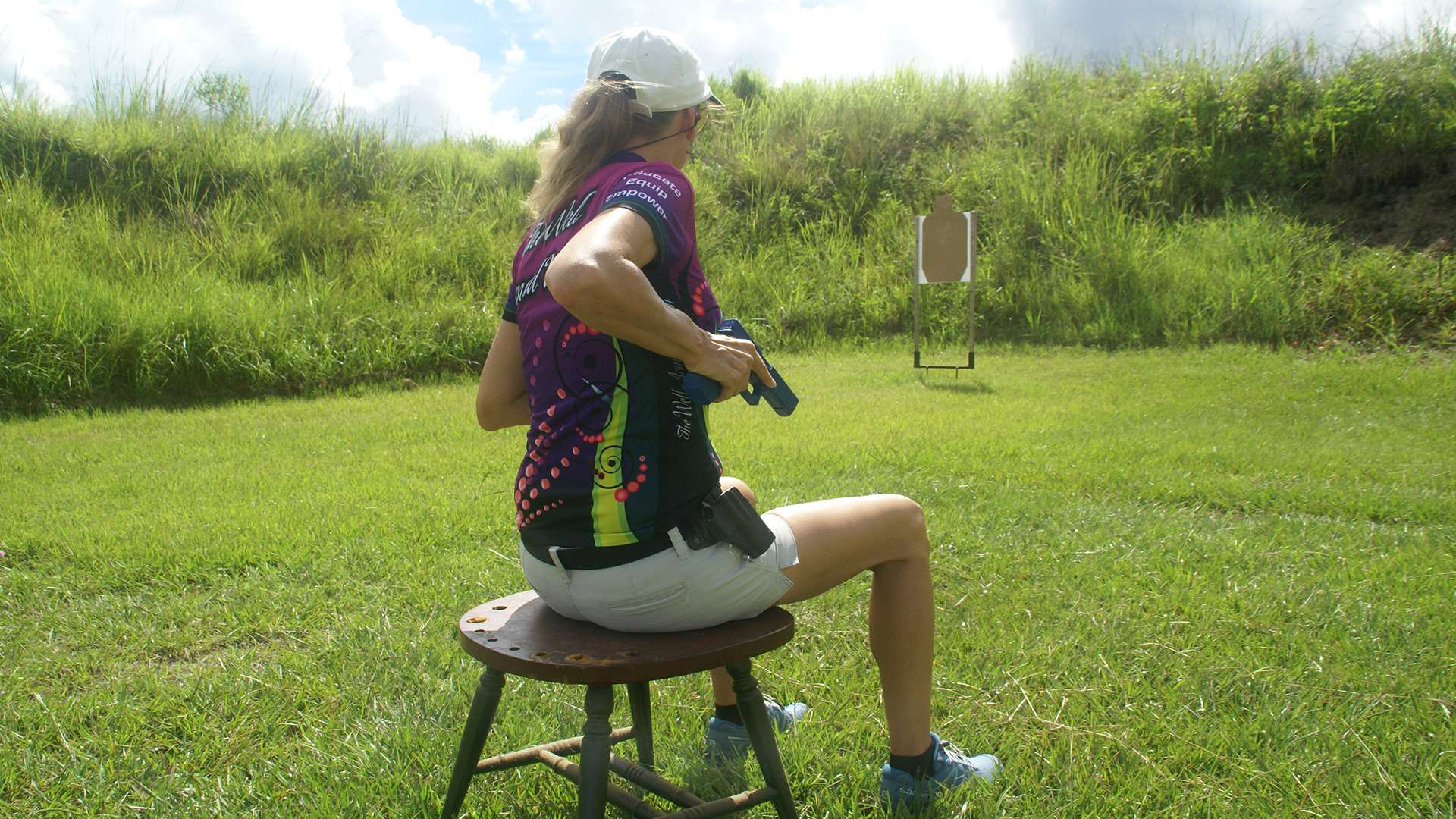
Having to draw from a sitting position is another. Unlike a standing draw, a sitting draw will have legs and feet in front of the body. A shooter who makes their normal draw and engages a cross body target will sweep their legs. I remember a talented young IDPA shooter who achieved a High Expert classification after only six matches. He then decided to shoot a national championship. His limited match experience had not included a sitting draw. The championship match did, and his match ended there.
These are only a small sample of scenarios shooters may face at a match. The more competitions a shooter attends the more they’ll see. Only then will they truly know what they have to practice in order to improve, and what mistakes not to make.






























